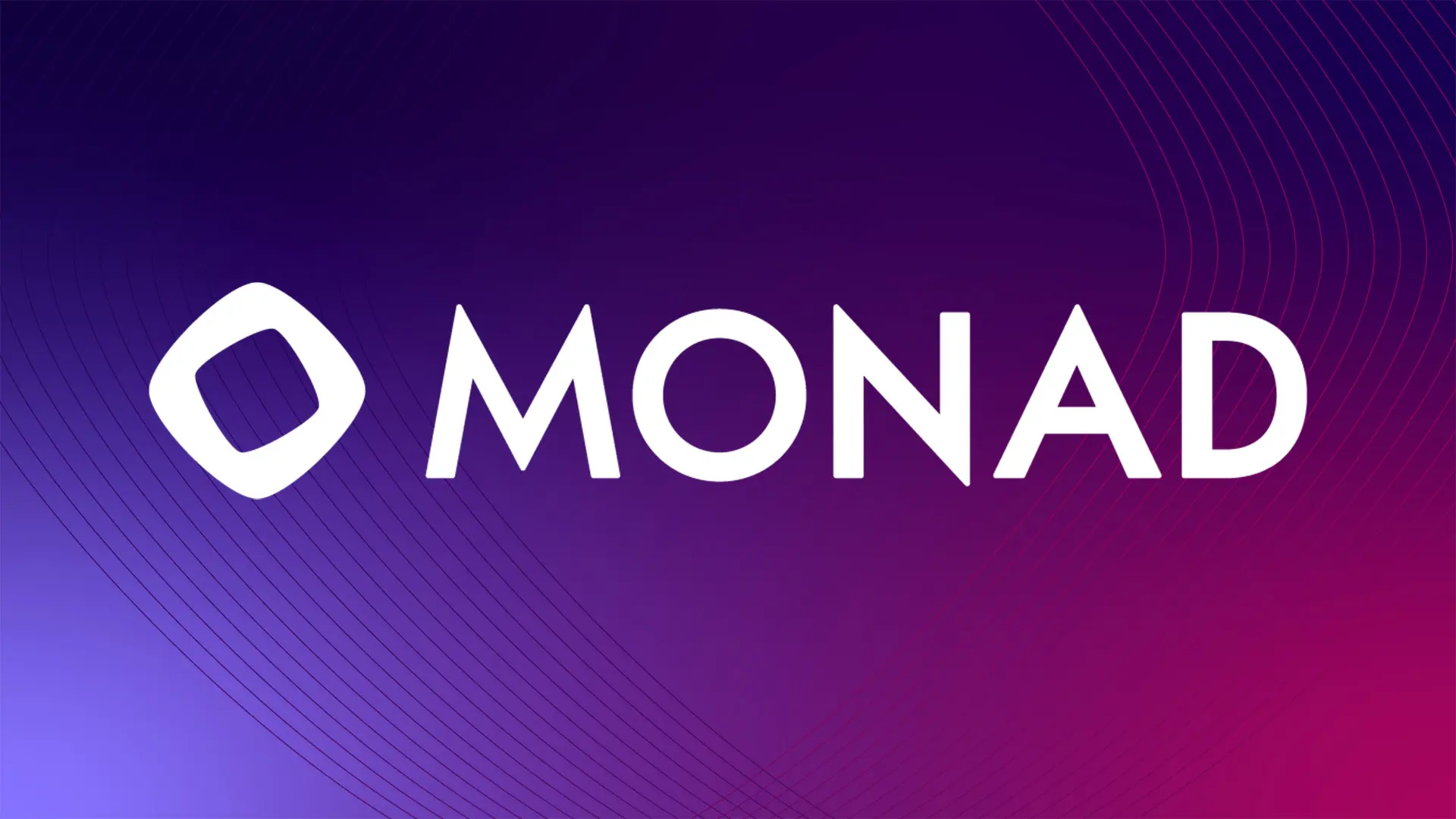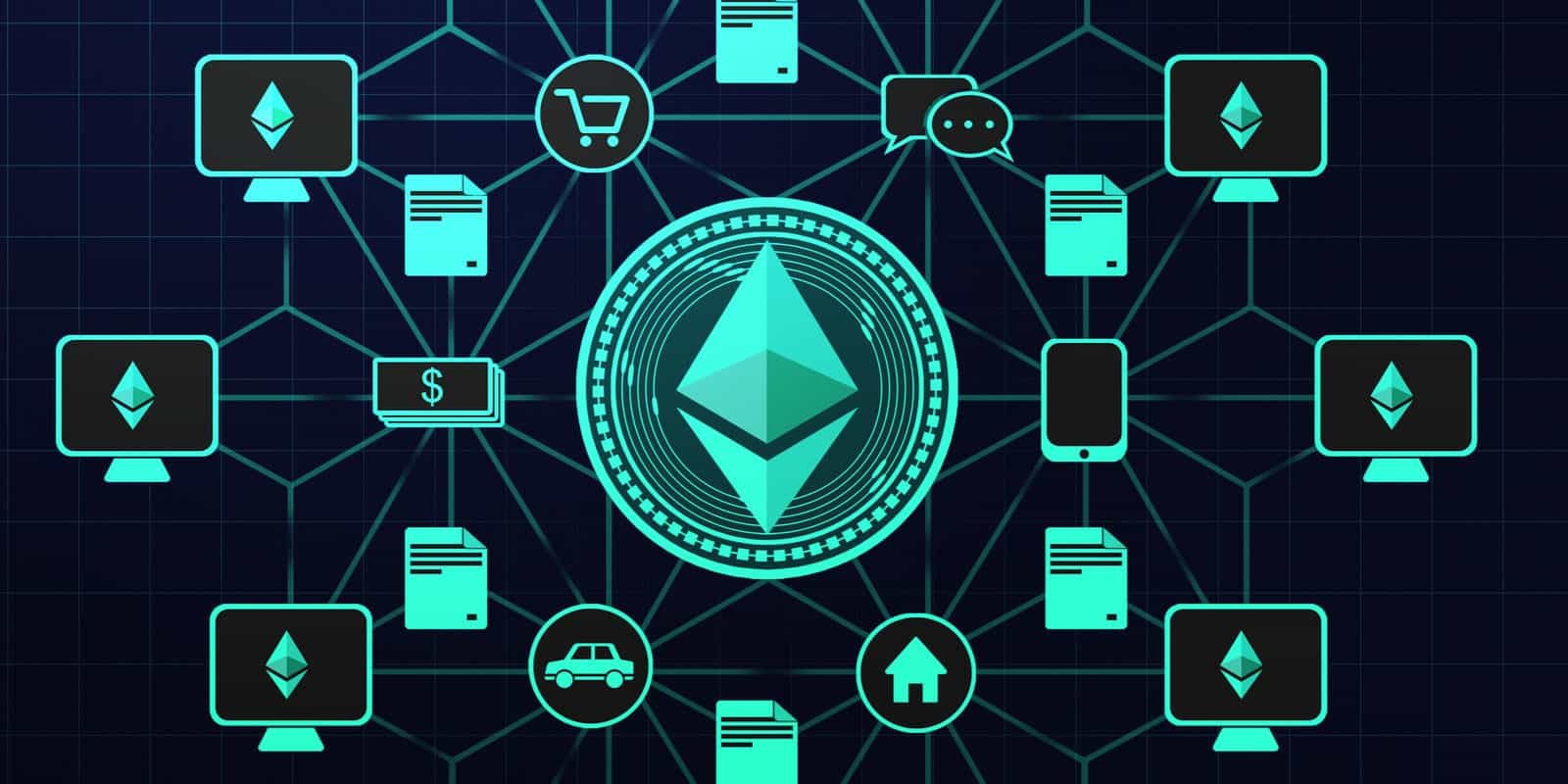Monad’s Vision to Roll Out a Public Testnet on Feb. 19

Monad’s Vision, an Ethereum Virtual Machine (EVM)-compatible Layer 1 blockchain, is about to open its public testnet on February 19, 2025, in a major development for blockchain technology. Crypto Market Check, This event represents a significant milestone in Monad’s two-year development path, addressing the scalability and efficiency issues prevalent in current blockchain systems.
Monad’s Vision and Technological Advancements
Monad’s major goal is to keep decentralization and security while increasing transaction throughput. With a rapid one-second block time, the platform has attained a remarkable processing capability of up to 10,000 transactions per second (TPS). Advanced technologies including parallel execution and a unique database called MonadDb help to enable this performance by allowing simultaneous processing of several transactions and so lowering latency.
Inspired by HotStuff, Monad’s design revolves on their own consensus mechanism, MonadBFT, a proprietary Byzantine Fault Tolerance system. Through minimum communication stages, improved efficiency, and guaranteed fast block finality, this protocol maximizes the consensus process. Monad can reach great throughput without sacrificing network security or decentralization by combining Monad BFT with parallel execution techniques.
Ethereum-based distributed apps
The upcoming public testnet presents developers with chances to interact with Monad’s high-performance setup. Full EVM compatibility allows developers to convert current Ethereum-based distributed apps (dApps) to Monad without significant code changes. This compatibility guarantees that developers may make use of known tools and frameworks, therefore hastening the creation and implementation of smart contracts and dApps.

Monad’s developments solve important scalability concerns in the larger blockchain ecosystem, therefore enabling mass adoption. Applications spanning distributed finance (DeFi), gaming, and non-fungible tokens (NFTs) depend on high transaction throughput and low latency. Monad’s infrastructure is ready to handle these highly sought-after uses since it provides users with an experience like that of conventional financial systems but with the advantages of decentralization and security added.
Real-world Context and Future Viewpoint
Monad’s public testnet’s introduction is appropriate since the blockchain sector aggressively searches for answers to scalability issues. Congestion and expensive gas fees have caused problems for networks like Ethereum, which has spurred research into substitute Layer 1 solutions. Focusing on parallel execution and an optimal consensus mechanism, Monad’s method presents a viable solution to allay these issues.
Anticipated later this year, Monad’s public testnet’s successful deployment and testing will open the path for its mainnet launch. Industry players will keenly watch this development since Monad’s performance might establish new standards for scalability and blockchain efficiency. Developers interacting with the testnet will greatly help to improve the platform so that it satisfies the several needs of the distributed ecosystem.
Summary
Monad’s upcoming public testnet release represents a significant milestone in the advancement of blockchain technology. Monad’s Vision distinguishes itself in the Layer 1 blockchain scene by tackling important concerns of speed, scalability, and cost. Best Cryptocurrencies, The platform can change how distributed apps are created and experienced as it moves toward its mainnet release, therefore fostering greater crypto space acceptance and creativity.
[sp_easyaccordion id=”5870″]
